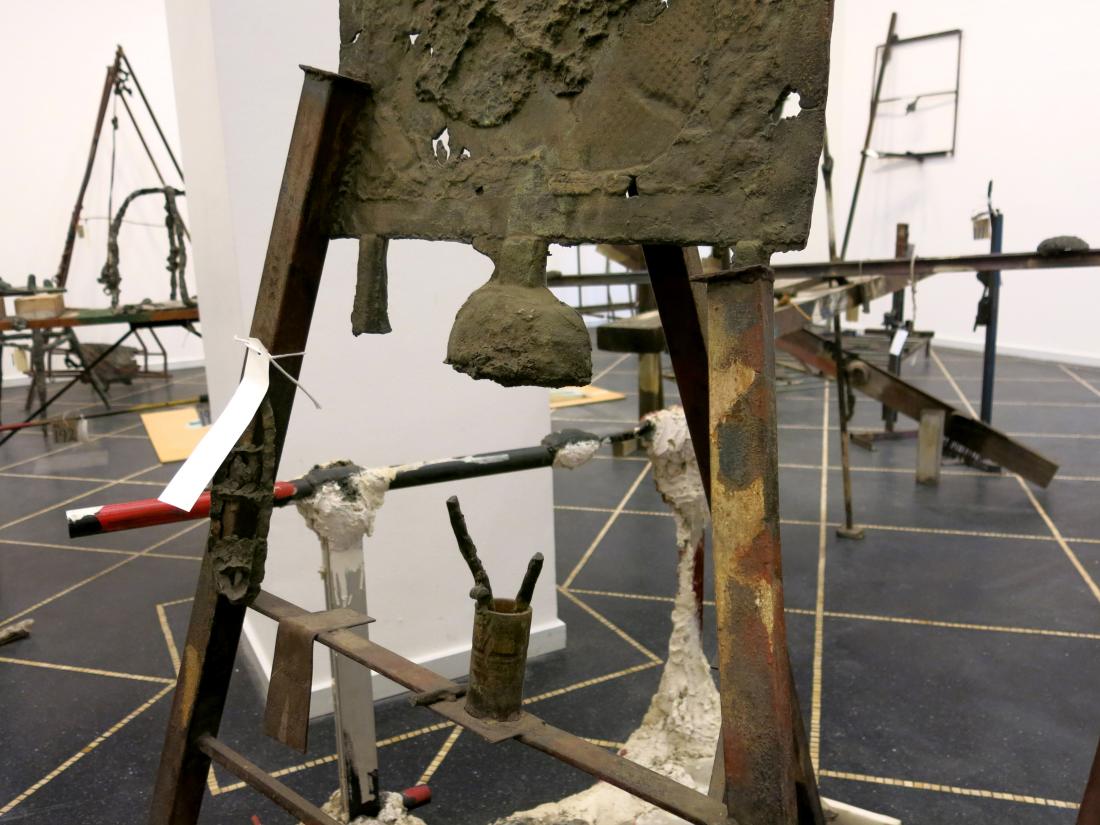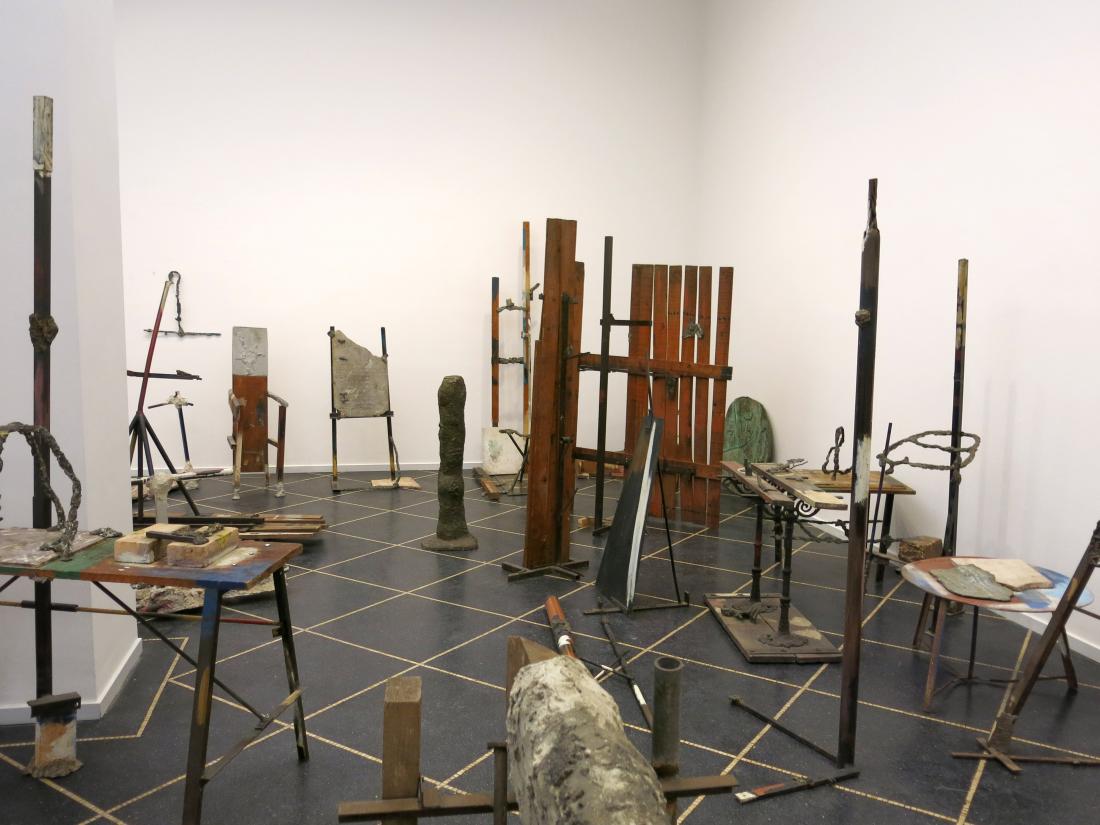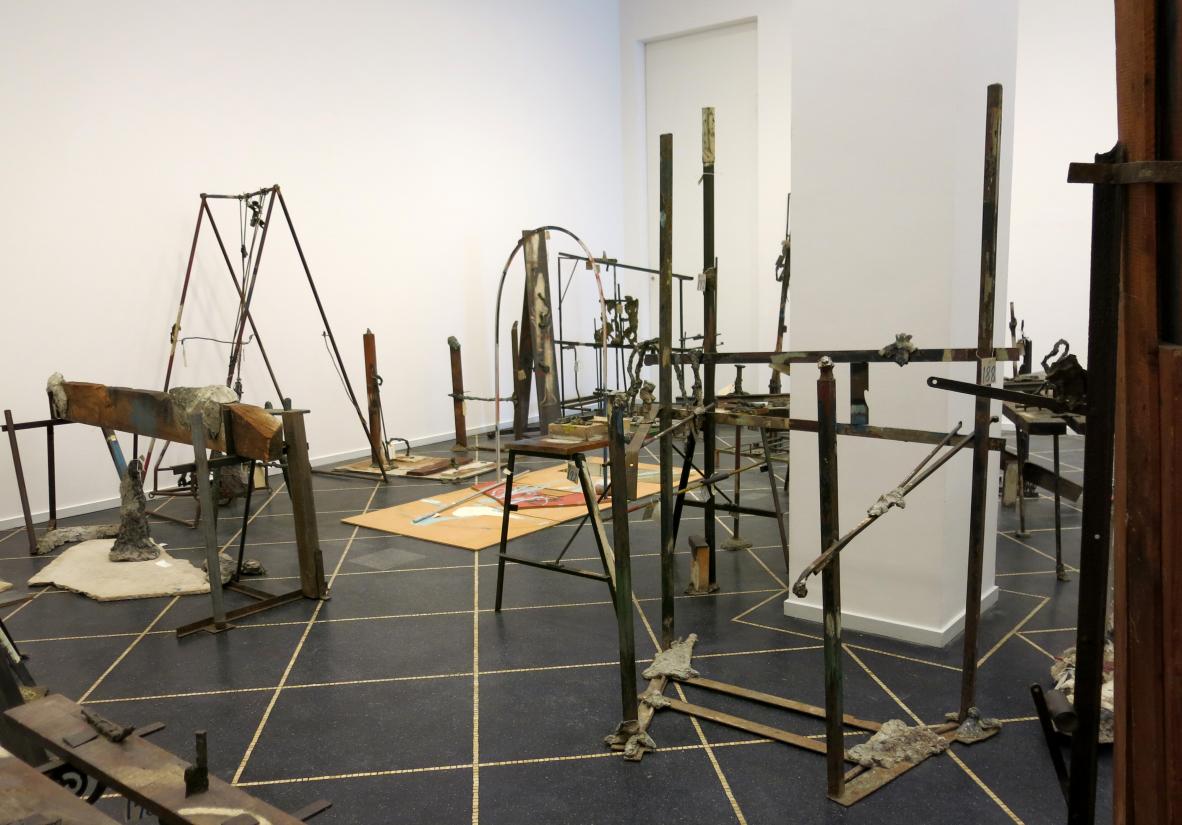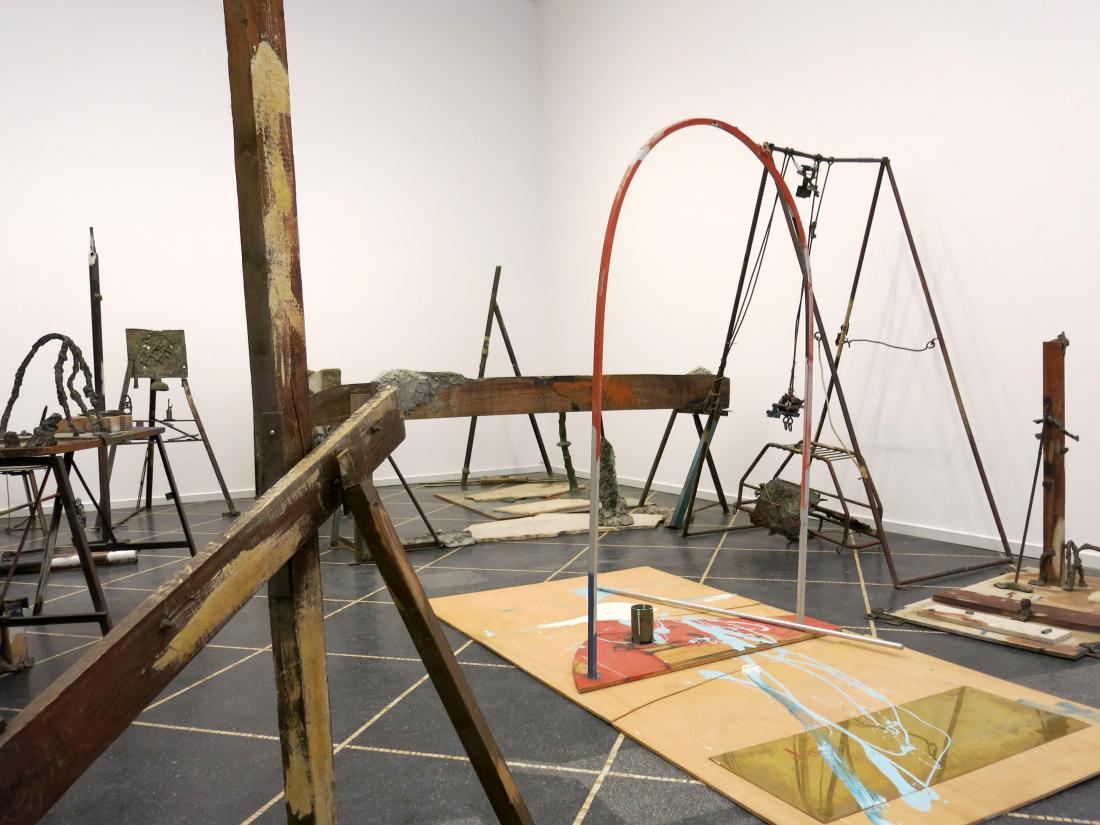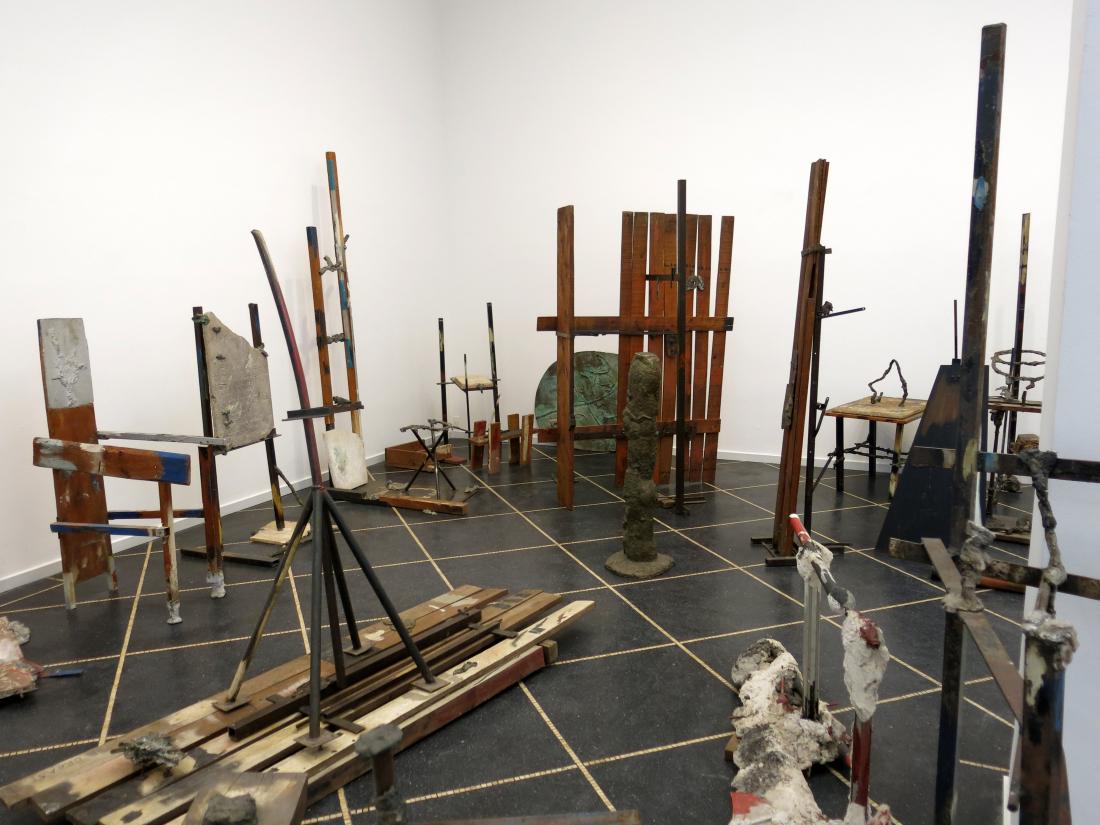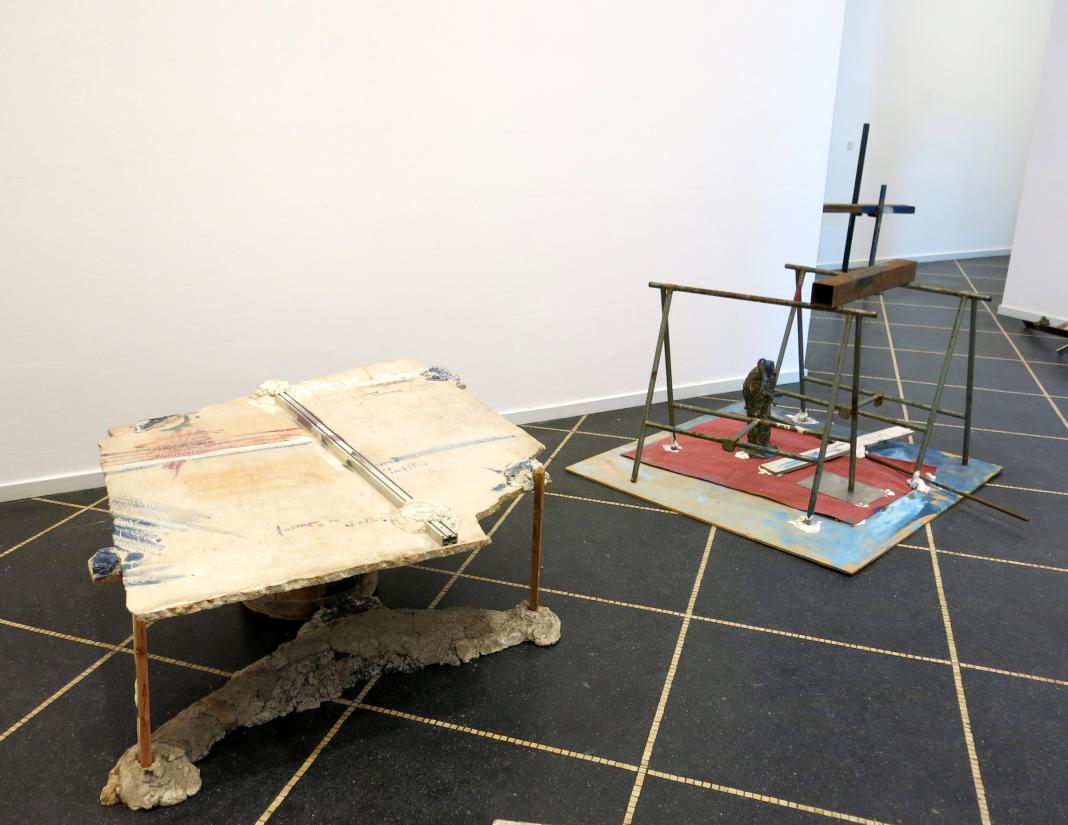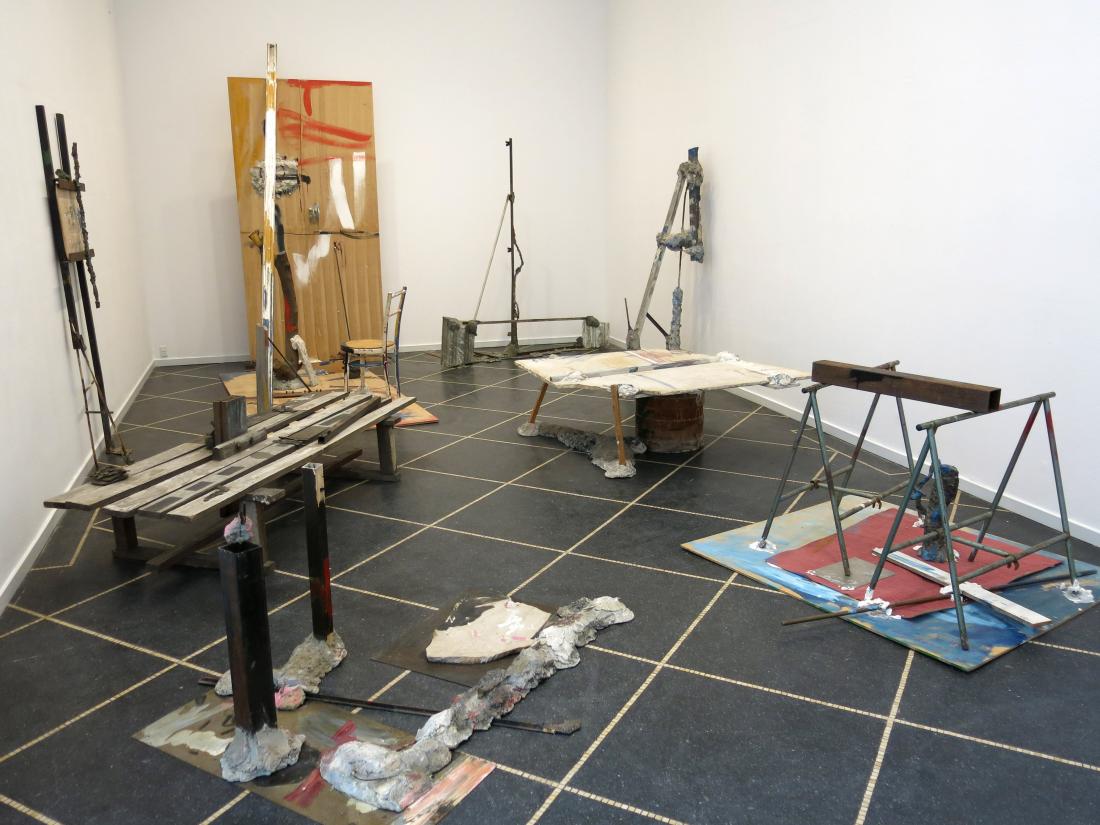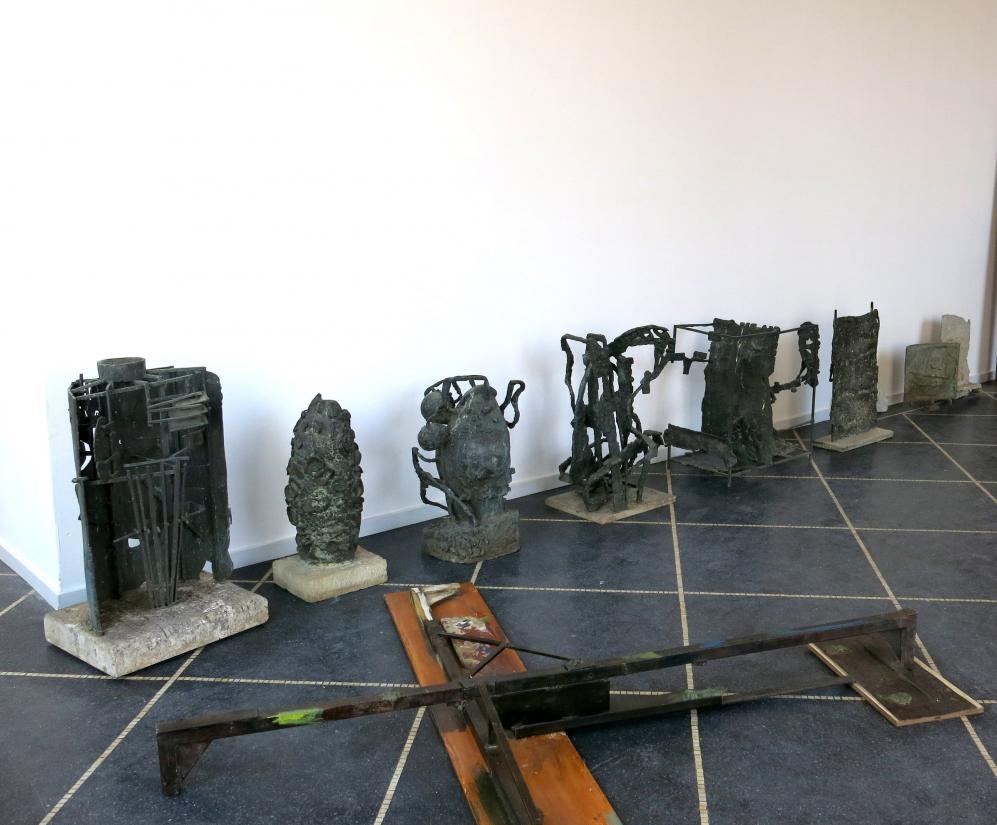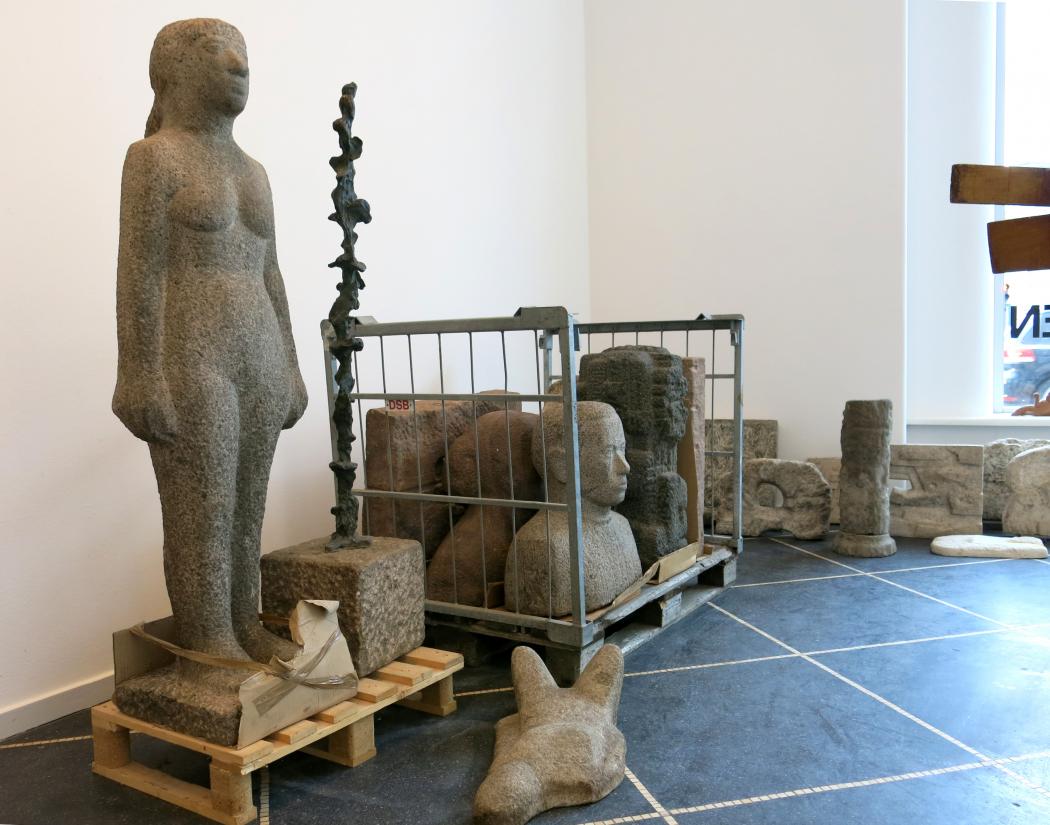In summer 2015, Galleri Susanne Ottesen held a comprehensive exhibition of sculptures by Ib Braase. The exhibition presented Braase’s own personal collection of works from 1949 through 1993. The exhibition attracted considerable interest from Danish art museums, and the New Carlsberg Foundation purchased all the works that the museums had expressed an interest in, subsequently donating them to the four interested institutions: the National Gallery of Denmark (five sculptures), Kunstmuseet i Tønder (fifteen sculptures), Sorø Kunstmuseum (three sculptures) and Horsens Art Museum (twenty-nine sculptures).
‘We have had our eye on Ib Braase as an obvious artist to be included in Horsens Art Museum’s collection since 1984, when the ground was laid for our current collections,’ says Claus Hagedorn-Olsen, director of Horsens Art Museum. He adds,
‘The basis for this view is that his experimental approach to sculpture is coherent with our fundamental ideas at Horsens Art Museum about the kind of art we wish to collect. Ib Braase’s sculptures transcend the boundaries of sculpture while maintaining an outstanding and untraditional aesthetic. Ib Braase’s work is relevant in its own right, by virtue of the innovation and expansion of the sculpture concept that he represents, and because he is relevant in relation to key artists in our collection. This pertains especially to Martin Erik Andersen and Bjørn Nørgaard, by whom we have several key works, as well as Emil Westman Herz, whose work we are currently establishing a collection of.’
The National Gallery of Denmark, which received five sculptures by Ib Braase, describes Ib Braase (1923-2009) as an original artist who has a natural place at the national gallery:
‘He pioneered an unorthodox and original use of materials, and he continues to inspire young Danish artists today,’ Director Mikkel Bogh points out.
The chairman of the New Carlsberg Foundation, Karsten Ohrt, says,
‘Unfortunately, Ib Braase never received the international recognition he deserved. Probably because he was ahead of his time in many respects, and because his sculptures are not immediately accessible with their combination of iron, wood, bronze, paint, stone etc. Today, however, all the international artists, for example Richard Deacon, are full of praise for Braase, and it is a great pleasure for the New Carlsberg Foundation to see that so many of his sculptures are now safeguarded by four Danish museums.’
